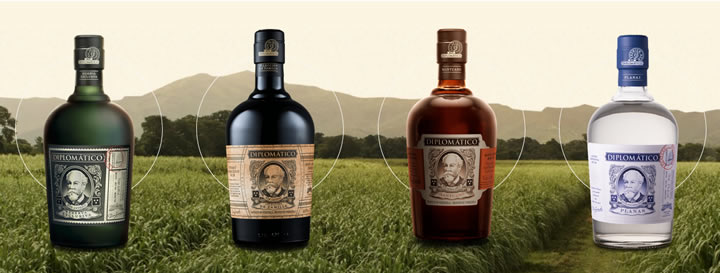Rum is a smooth and inviting drink with a fascinating and long history that goes back centuries. This is the story of how this famous elixir came into being, where it was first made, and how it has evolved over time. Let’s talk about rum!
The history of rum begins in the tropical regions, where sugar cane, one of its main ingredients, has been grown for thousands of years. The early civilizations of India, China, and the Middle East were familiar with sugarcane and its properties.
The first step to creating rum was the distillation of sugar cane juice. This innovation occurred in the Middle East in the 8th century. The result, known as arrack, proved strong and versatile and became the precursor to many distilled spirits.
Caribbean birthplace
Rum as we know it today has its roots in the Caribbean.
The process of distilling sugarcane juice, so-called molasses, into alcohol spread throughout the region during European colonization in the 17th century. The island of Barbados is often mentioned as the birthplace of modern rum.
The documented evidence of rum production in Barbados dates back to the 1630s.
Rum played a significant role in the Caribbean during the era of piracy. It was a favorite of brave pirates and was often used as currency. Plantation owners soon realized the potential of sugar cane and rum, and they became the cornerstones of the Caribbean economy.
During the 18th century, demand for rum grew in Europe, especially in the British colonies.
The infamous “triangular trade” involved the exchange of rum for slaves in Africa, who were then transported to the Caribbean to work on sugar cane plantations. Rum made from sugar cane was sent back to Europe, completing the triangle.
Premium rum
Today, rum is produced worldwide, from the Caribbean and Latin America to the United States and beyond. It comes in various forms, offering a wide range of flavors and styles to suit every palate. Over the years, different styles of rum emerged.
- Light Rum
- Dark Rum
- Spiced Rum
- Agricole Rum
Premium rum, also known as “top-shelf” or “high-end” rum, is a category of rum that is distinguished by exceptional quality and craftsmanship. Premium rums are typically known for their refined flavor, smoother profile, and higher price.

Here are some key features that define a premium rum:
- Aged to Perfection
- Excellent Ingredients
- Craftsmanship
- Unique Flavors
- Limited Production
- Special cask treatment
The aging process allows the rum to soften and acquire unique flavor characteristics.
Premium rums are made from high-quality sugar cane or molasses, and the production process is carefully controlled. It often aged for long periods in oak barrels to soften, imparting depth, and acquiring unique flavor and taste.
Craftsmanship and attention to detail are critical in the production of premium rum. Premium rums often have distinctive and complex flavor profiles: caramel, vanilla, oak, tropical fruits, and spices with a smooth and well-balanced flavor.
Some premium rums are produced in limited quantities.
Some premium rums undergo additional aging or aging in various types of casks to impart a unique and subtle flavor. Premium rums are often presented in distinctive and elegant packaging, decorative bottles, labels, and brand packaging.
Premium rums are priced higher than standard or entry-level rums.
Examples of premium rum brands include Ron Diplomático Reserva Exclusiva, and Ron Abuelo 12-Year-Old, among others. These rums are usually drunk neat or with ice to enjoy their rich complex flavors and taste.
Premium rum is often used in upscale bars and restaurants due to its quality.
The history of rum is not just a tale of trade and economics but also a story of cultural exchange and craftsmanship, and it continues to evolve and captivate spirits enthusiasts across the globe. Cheers to the enduring legacy of rum!

